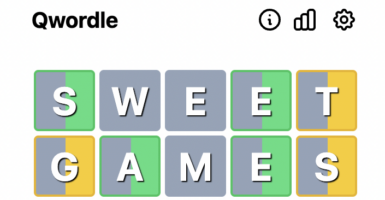The Biggest Tracks Of 1961 That Rarely Get A Second Spin Today
If someone were to ask the average person who had the biggest hit of 1961, they might expect it to be a song by Elvis Presley, Patsy Cline, Ray Charles, or Roy Orbison. Although they’d be be close in some of those cases, they’d be also be likely to shrug their shoulders with a blank stare when the correct answer was said.
As we find each decade, the biggest hitmakers of a given year aren’t always remembered for it. While breakout acts can sometimes keep their momentum running for years (check back in a few years for The Beatles to do exactly that,) it’s far more likely for them to stall out after a promising start once their careers hit a few snags. For that reason, many of the biggest hits of 1961 are a little hard to remember today.
Bobby Lewis – “Tossin’ And Turnin'”
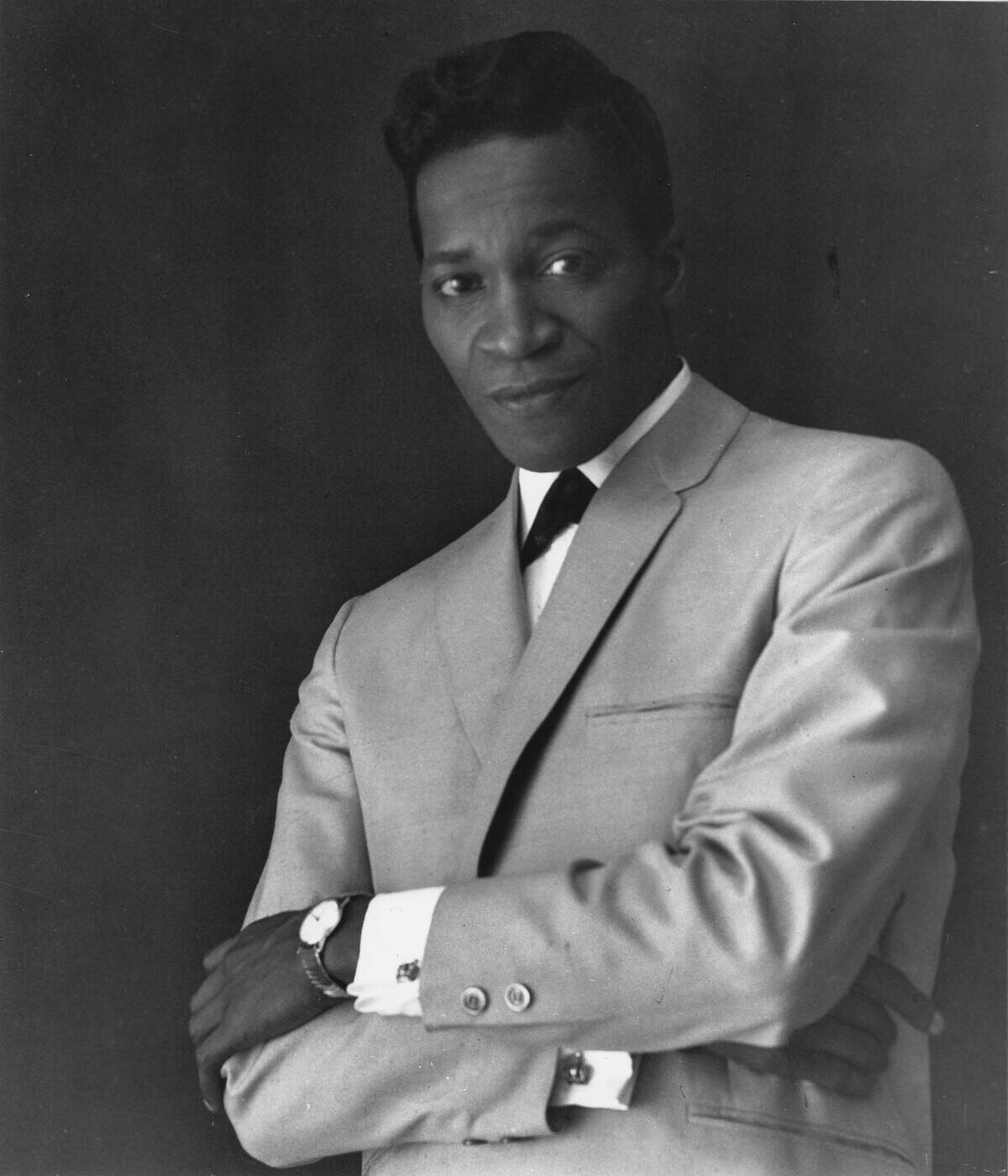
Although it wouldn’t be entirely fair to call Bobby Lewis a one-hit-wonder, the fact that both of his top-ten hits came in 1961 makes it easy to understand why he’s not exactly a household name today. Nonetheless, that makes it easy to underestimate just how massive “Tossin’ And Turnin'” was when it came out.
Not every song that Billboard considers the biggest hit of the year necessarily makes it to number one, but “Tossin’ And Turnin'” did so for a staggering seven weeks before it finally fell out of the number-one spot. No wonder he recorded “I’m Tossin’ And Turnin’ Again” the following year.
The Highwaymen – “Michael”

“Collegiate folk” quintet The Highwaymen were originally going to be The Clansmen (after the clans of Ireland and Scotland), but were presumably talked out of this name once producer Ken Greengrass reminded them of the Ku Klux Klan’s existence. However, their brief time in the sun now makes it easy to mistake them for the country music supergroup of the same name.
Regardless, The Highwaymen were able to make the mark they did after their rendition of the traditional spiritual “Michael, Row the Boat Ashore” (simply titled “Michael”) made it to number one on the Billboard Hot 100 and stayed there for two weeks. It also topped charts in the United Kingdom.
Roy Orbison – “Crying”

In addition to being one of the most respected artists in music history, Roy Orbison was also one of the biggest hitmakers of the early ’60s. Although many of 1961’s biggest stars aren’t remembered much today, he’s one of the most notable exceptions.
Curiously, Orbison is also another case where his highest charting hit of 1961 didn’t turn out to be his biggest one. Although “Running Scared” made it to number one that year, “Crying” was considered the bigger hit when the year was over. That’s oddly fitting because it’s also the classic that looms the largest of the two in retrospect.
Del Shannon – “Runaway”
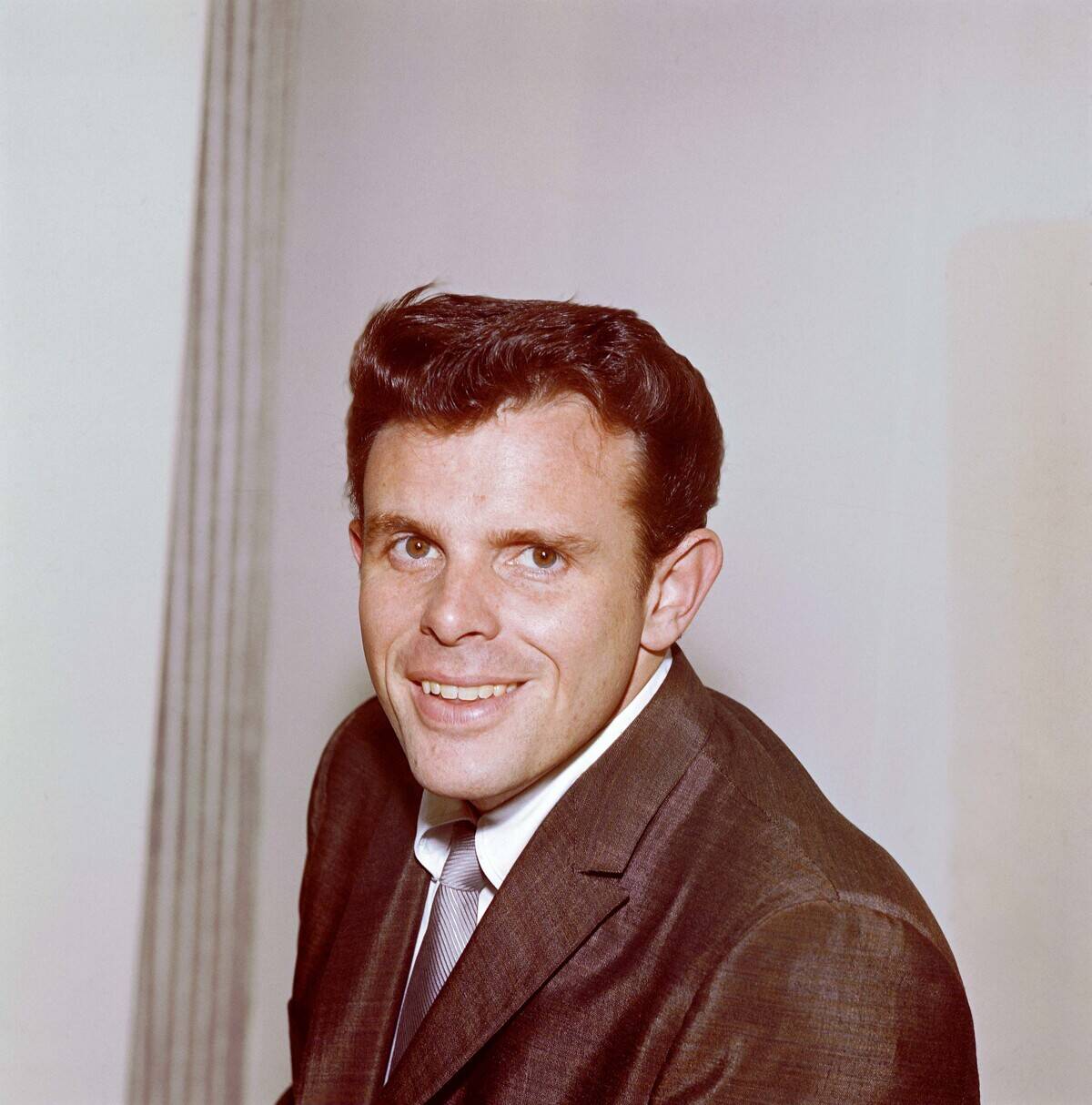
Much like Roy Orbison’s “Crying,” the Del Shannon song “Runaway” is a lament of lost love, in which Shannon wonders what became of his “little runaway.” Whether there was more heartbreak than usual going around in 1961 or these artists just found the perfect ways to express their sorrow, both songs would become some of the biggest hits of the year.
In Shannon’s case, that was easy to see from his chart success. Not only did “Runaway” perform well on the Billboard Hot 100 but it claimed its number-one spot for four weeks straight. It wouldn’t be his last top-ten hit but it would be his last number-one single.
The Jive Five – “My True Story”
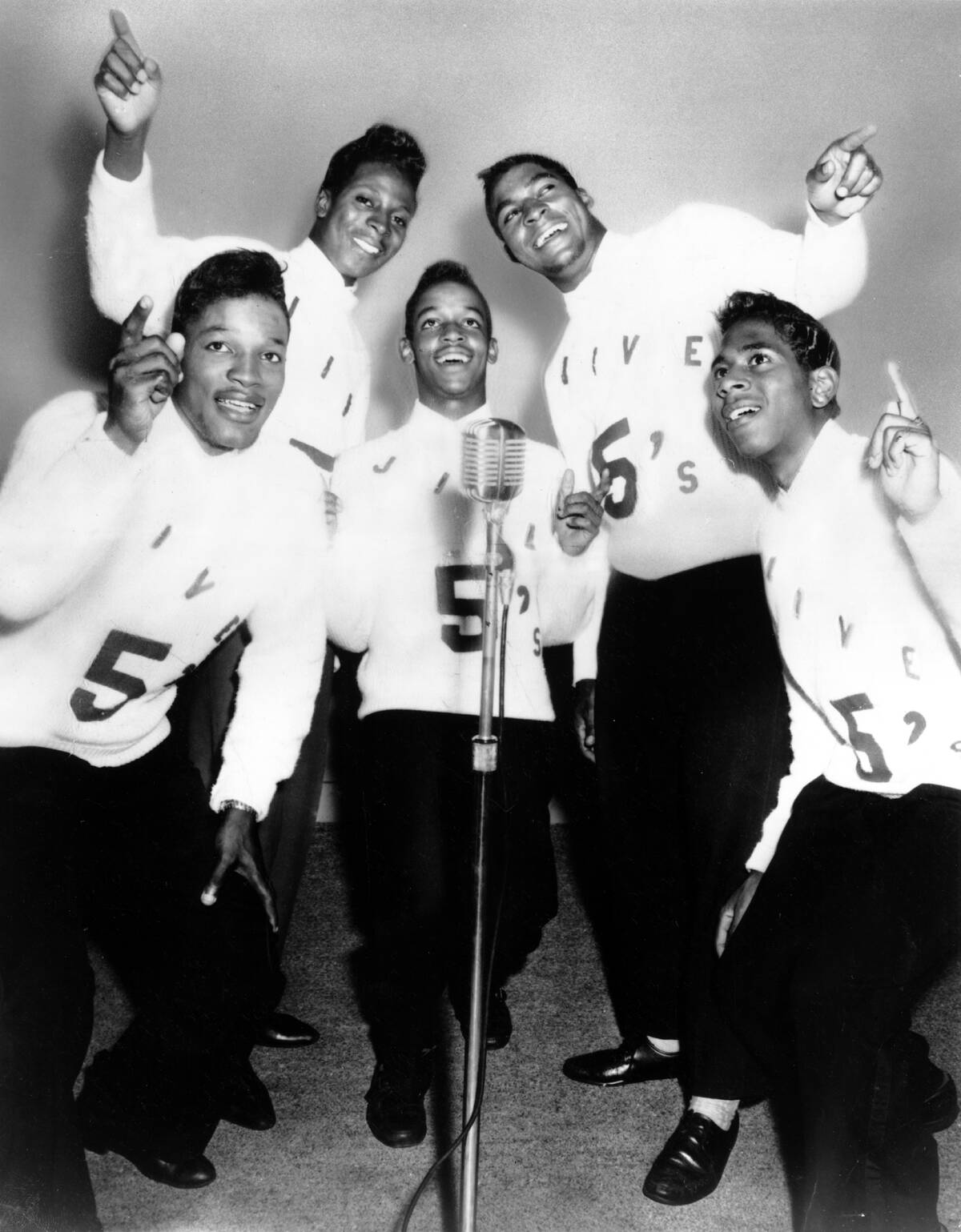
Considering how long it’s been since The Jive Five had any hits (which means you could be forgiven if this is your first time hearing of them), it’s understandable that some would need a refresher on what “My True Story” is actually about.
They discuss two lovers who came apart, revealing at the end that the names were changed to protect the identity of the girl the song was written about. Whether the subject or the performance hit the hardest, however, “My True Story” topped Billboard’s R&B chart and made it to number three on the Billboard Hot 100.
Patsy Cline – “I Fall To Pieces”
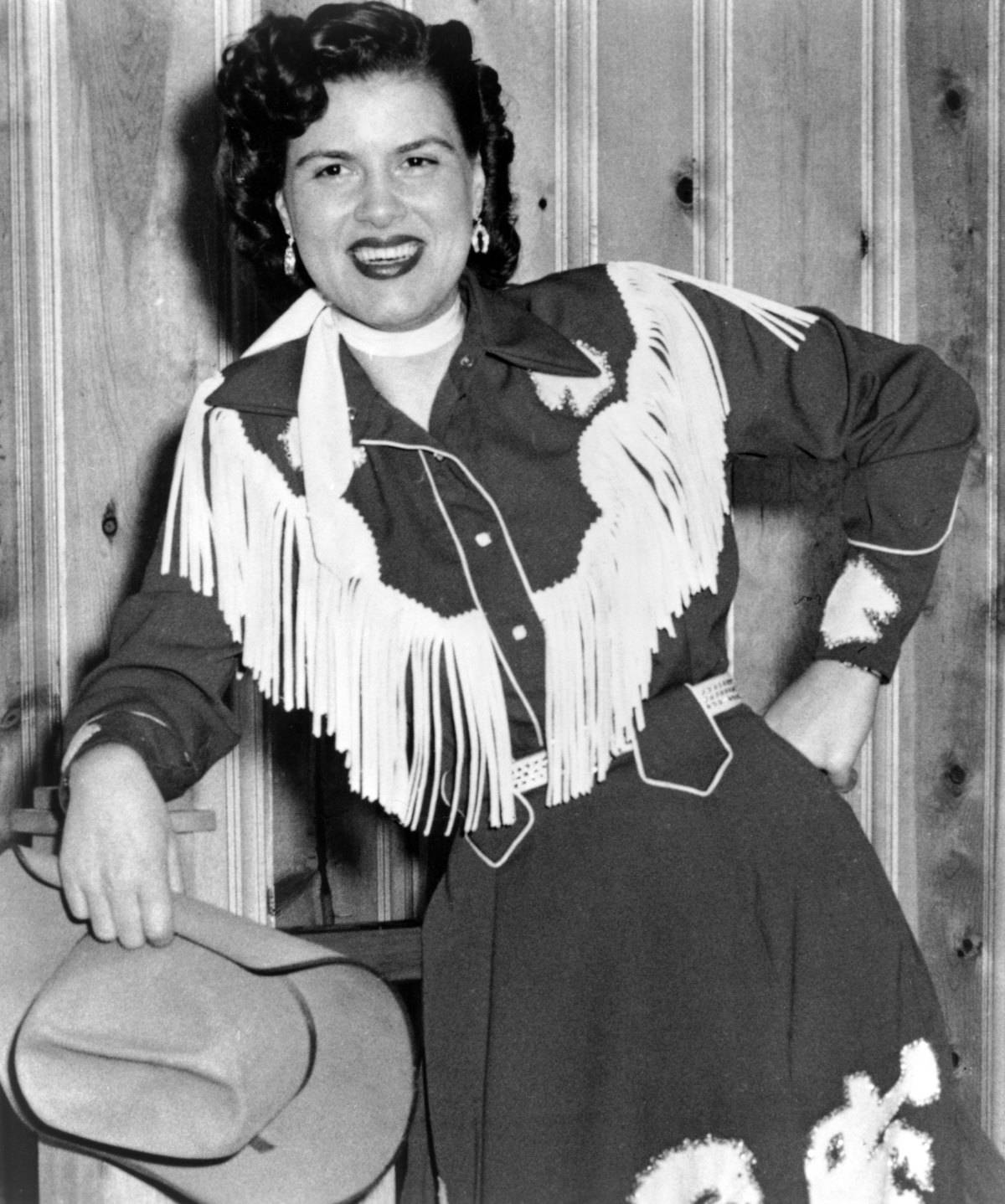
If one were to take a look at Patsy Cline’s chart performance during her short but legendary career, they’d likely find fewer top-ten hits than they may be expecting. Although she could be counted on to top Billboard’s Hot Country Singles chart, not as many of her songs had the crossover appeal they would come to gain in retrospect.
One notable exception was her beloved rendition of “Crazy” but the curious truth is that while it made it to number nine, that wasn’t considered Cline’s biggest hit of the year by the time Billboard’s Year-End chart for 1961 was tabulated. Instead, “I Fall To Pieces” — which only made it to number 12 — was considered the second biggest hit in the nation.
Chubby Checker – “Pony Time”
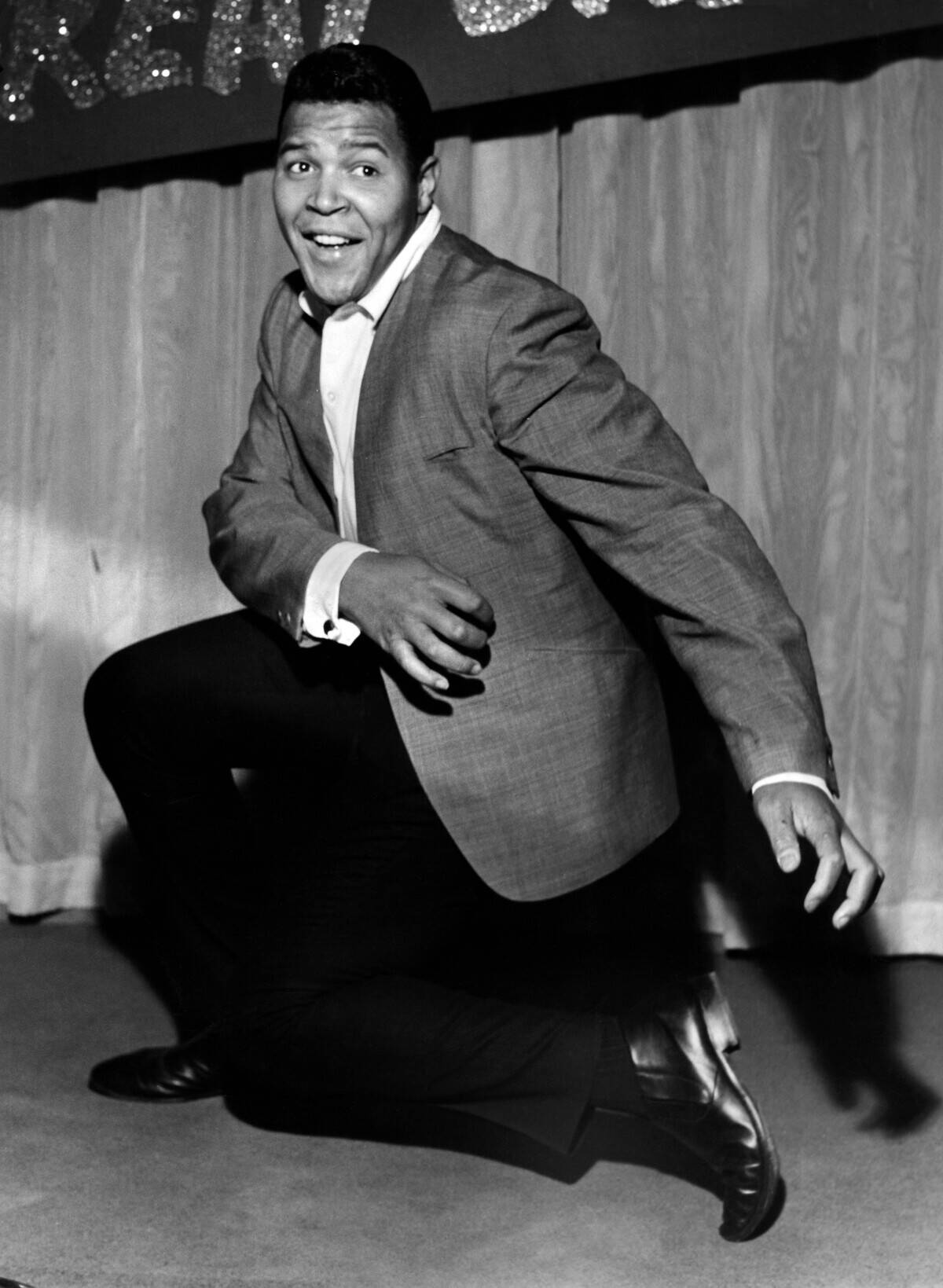
Although Chubby Checker was most famous for “The Twist,” it turns out that wasn’t the only dance he was able to turn into a number-one hit. Not only did “Let’s Twist Again” make the top-ten, but another follow-up called “Pony Time” would soar just as high.
In fact, it likely seemed at the time that “Pony Time” was an even bigger hit because it remained at number one for three weeks to “The Twist’s” initial one-week run at the top. It was only after “The Twist” improbably hit number one again in 1962 that its chart run matched this accolade.
The String-A-Longs – “Wheels”
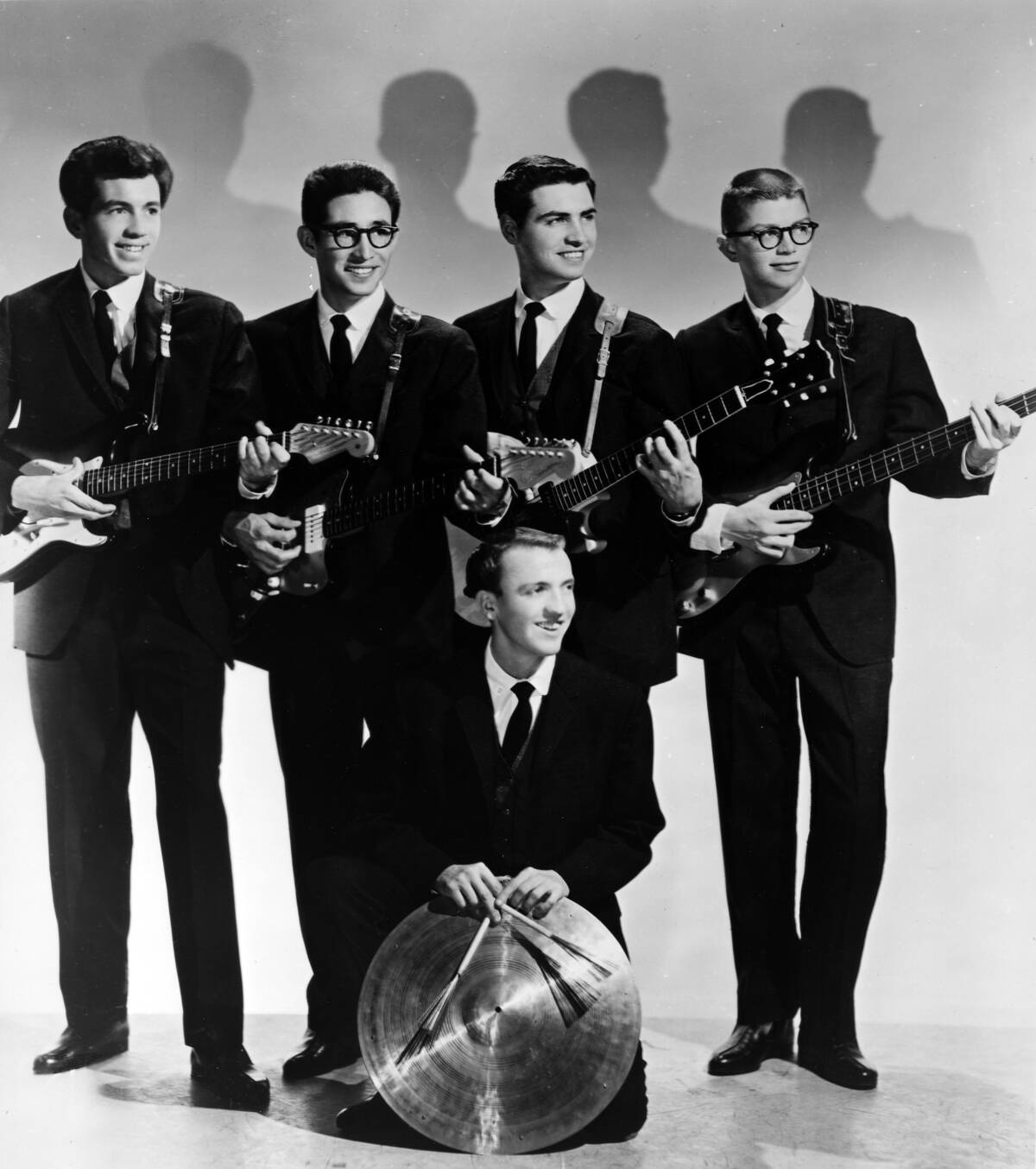
When The String-A-Longs first appeared in 1960, they hit the ground running in a surprising way, as their instrumental debut single “Wheels” reached number three on the Billboard Hot 100 as soon as the public became aware of them. It had a mellow, colorful groove to it that makes it easy to appreciate how it hit big.
Sadly, The String-A-Longs’ name turned out to be far more fitting than they intended, as they weren’t fully compensated by Warwick Records despite “Wheels” selling seven million copies. Since the label went bankrupt while it owed the band $700,000 (the equivalent of $7.5 million today), the track was a Pyrrhic victory all around.
Dee Clark – “Raindrops”
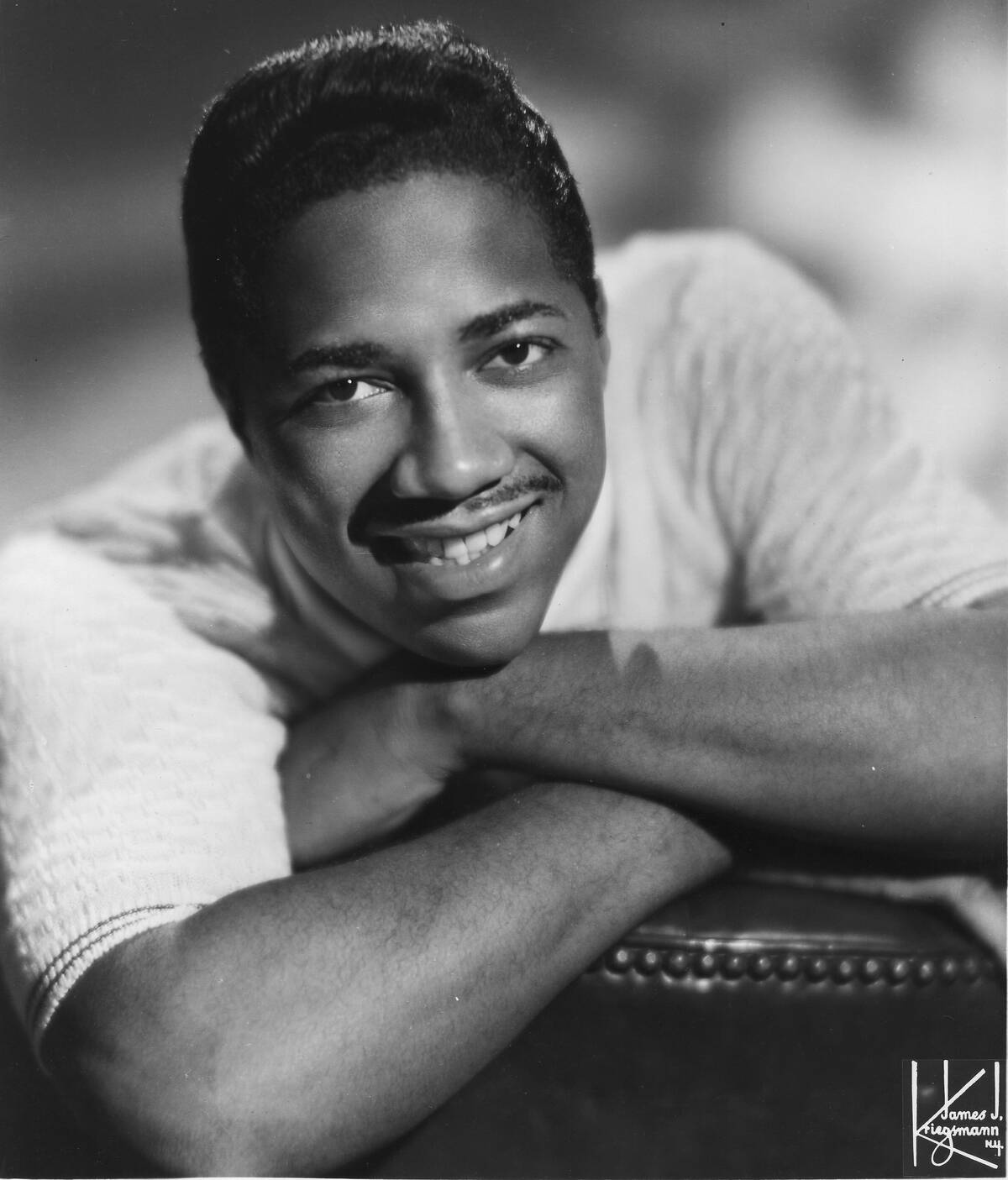
In yet another example of 1961 being a banner year for songs about heartbreak, Dee Clark scored a massive hit that year with “Raindrops.” Although it was inspired by a car trip under heavy rainfall, the premise was that Clark was trying to convince his friend that the tears from his lost love are really raindrops.
Although it was one of the biggest hits of 1961, “Raindrops” didn’t actually top either the Billboard Hot 100 or the organization’s R&B Singles chart. Still, it came close on both counts, charting at number two and number three respectively.
Joe Dowell – “Wooden Heart”
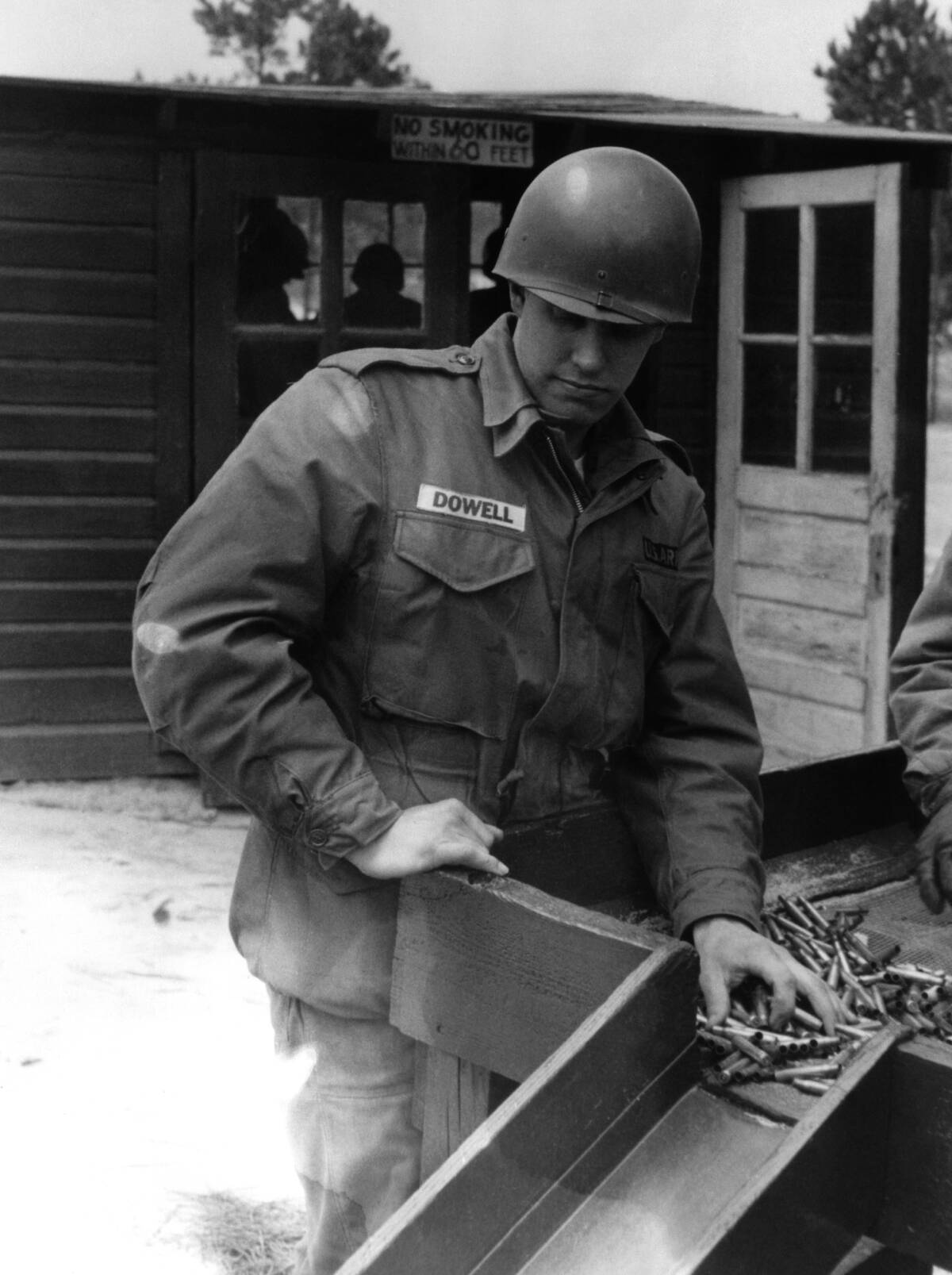
“Wooden Heart” served as a rare example of another artist outperforming Elvis Presley on one of his songs during his heyday, at least in America. Curiously, this was because the song “Wooden Heart” was only released as a B-side in the United States despite hitting number one in ten other countries.
As an artist named Joe Dowell noticed, this left the door wide open for him to try his hand at making the song an American hit. His instincts were correct, as his version of “Wooden Heart” made it to number one, as well as topping the Adult Contemporary chart for three weeks.
Lawrence Welk – “Calcutta”
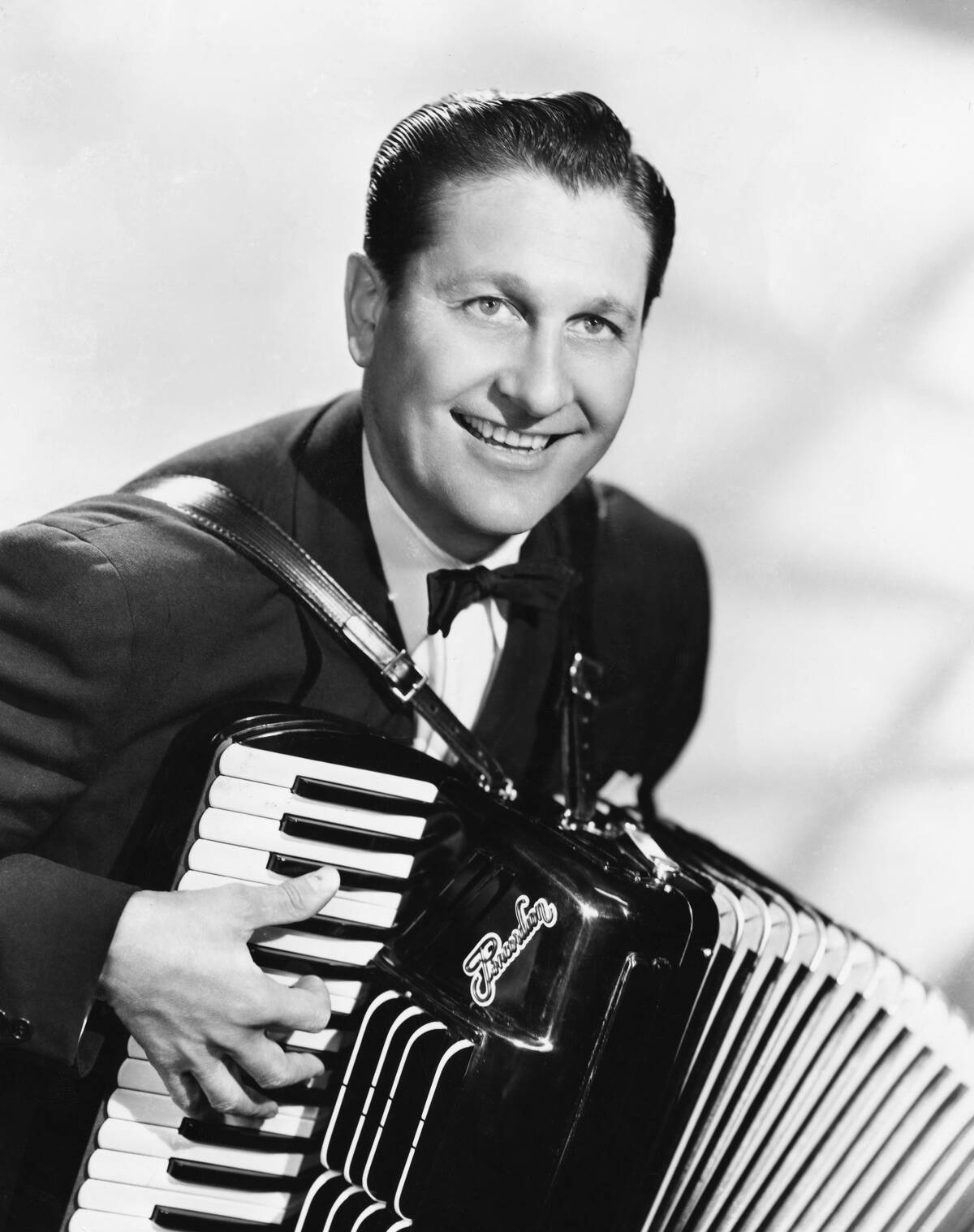
Although Lawrence Welk was a very popular band leader and TV host throughout the ’60s, his popularity rarely translated to pop hits, least of all with any real hope of making the top ten. However, that abruptly changed in 1961, when his orchestral version of the German pop song “Calcutta” improbably made it to number one.
Not only did his arrangement stay there for two weeks, but the album it came from had the exactly same success on the album charts. At 57, he was also the oldest artist to hit number one at that time, though this record was broken by Louis Armstrong three years later.
Bobby Vee – “Take Good Care Of My Baby”
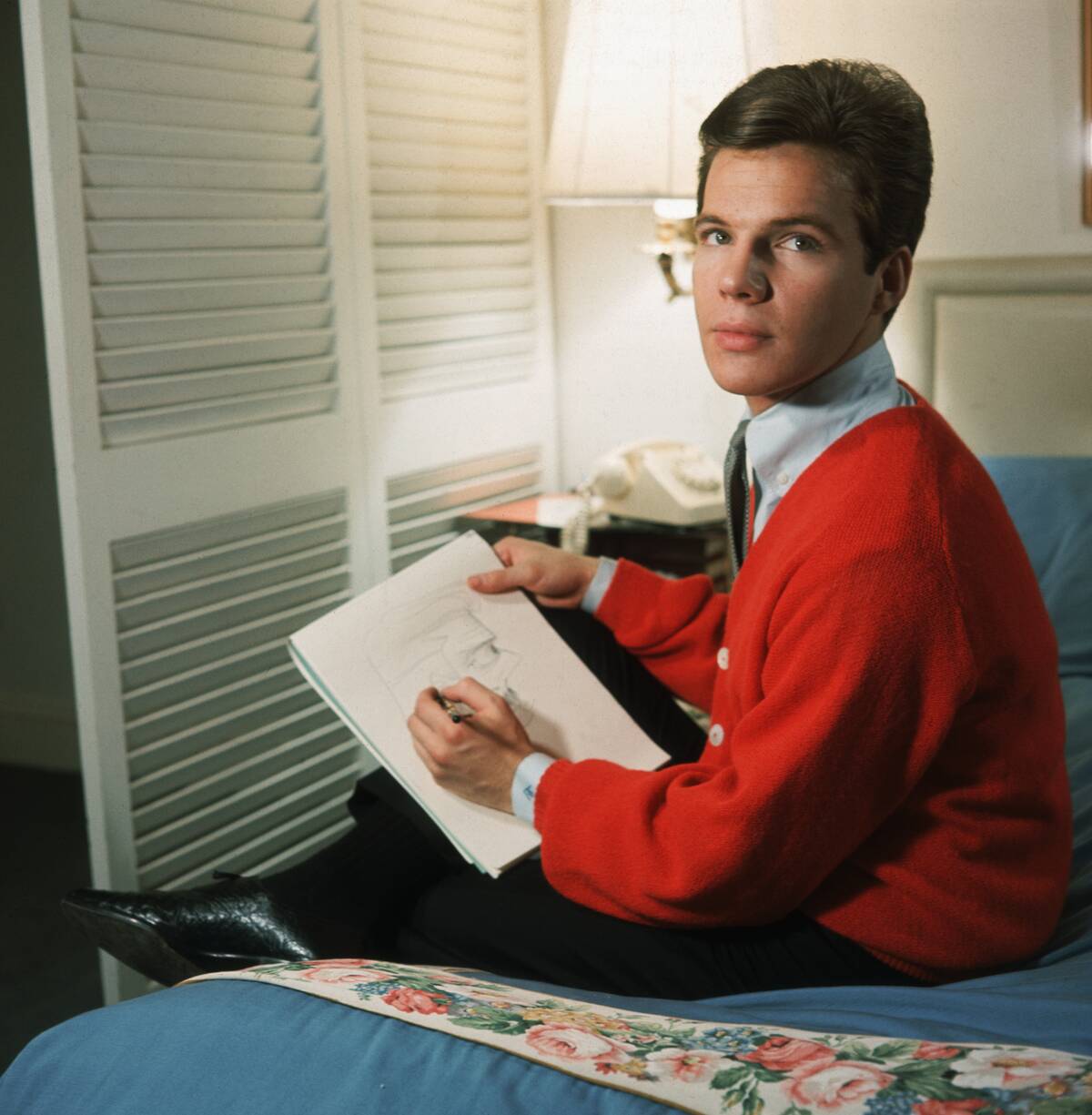
Although Bobby Vee’s career was relatively new by 1961, he had already established himself as a popular teen idol who could boast multiple top-ten hits. However, it wasn’t until that year that he gained the coveted feather in his cap: A number-one record.
Vee would later have a successful comeback single in “Come Back When You Grow Up,” but nothing matched the heights he reached with “Take Good Care Of My Baby,” which remained at number one for three weeks.
Roy Orbison – “Running Scared”
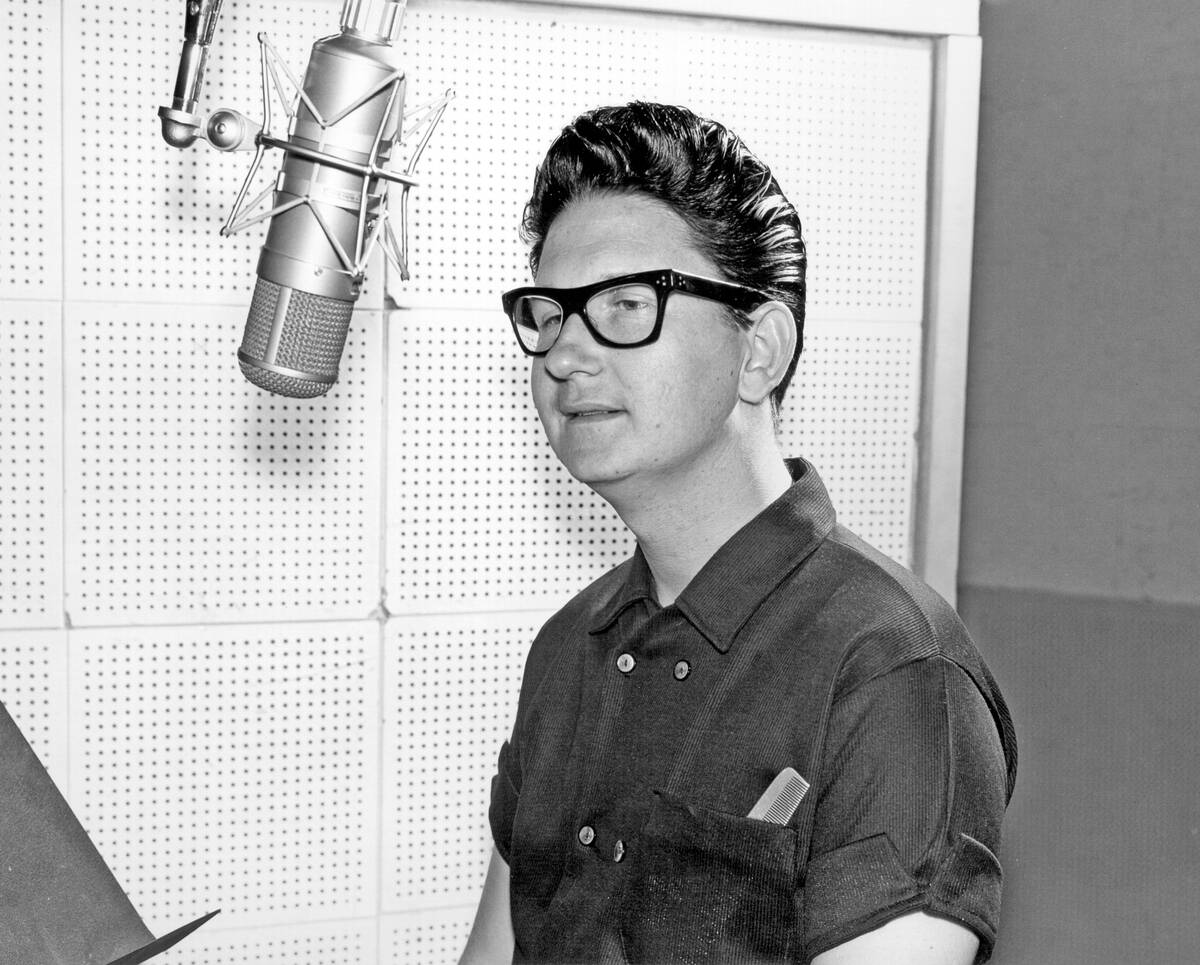
Success is a hard thing to predict and that goes double for picking the right song to elevate an artist to stardom. It’s for that reason that while it doesn’t happen often, B-sides can end up becoming bigger hits than the A-sides they support.
That wasn’t immediately true for Roy Orbison, as “Running Scared” was a number-one hit for him, while the more famous song in retrospect, “Love Hurts” seemed to only take off in Australia. However, “Love Hurts” would end up dwarfing “Running Scared” in cultural recognition thanks to a 1975 cover version by the band Nazareth.
The Shirelles – “Dedicated To The One I Love”
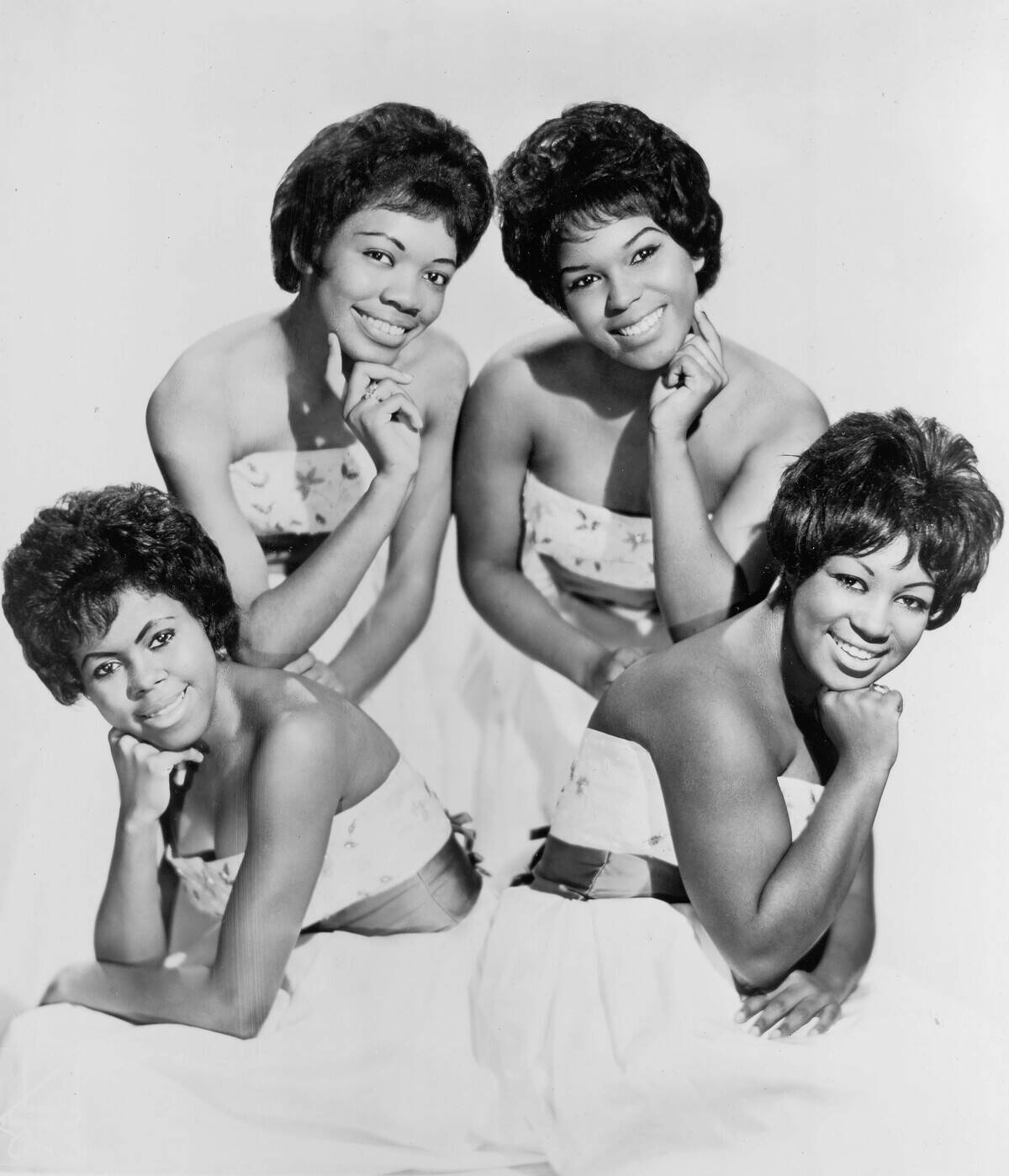
With the exception of a Mamas & The Papas version that immediately succeeded in 1967, “Dedicated To The One I Love” rarely seemed to chart the first time a band released it. It was originally recorded by The “5” Royales in 1957, but their version wouldn’t even reach number 81 until it was re-released in 1961.
While some artists can find that their cover versions will dwarf the original in popularity, that didn’t happen right away for The Shirelles either. They originally recorded their version in 1959, but “Dedicated To The One I Love” didn’t hit number three on the Billboard Hot 100 until it was also re-released in 1961.
The Mar-Keys – “Last Night”
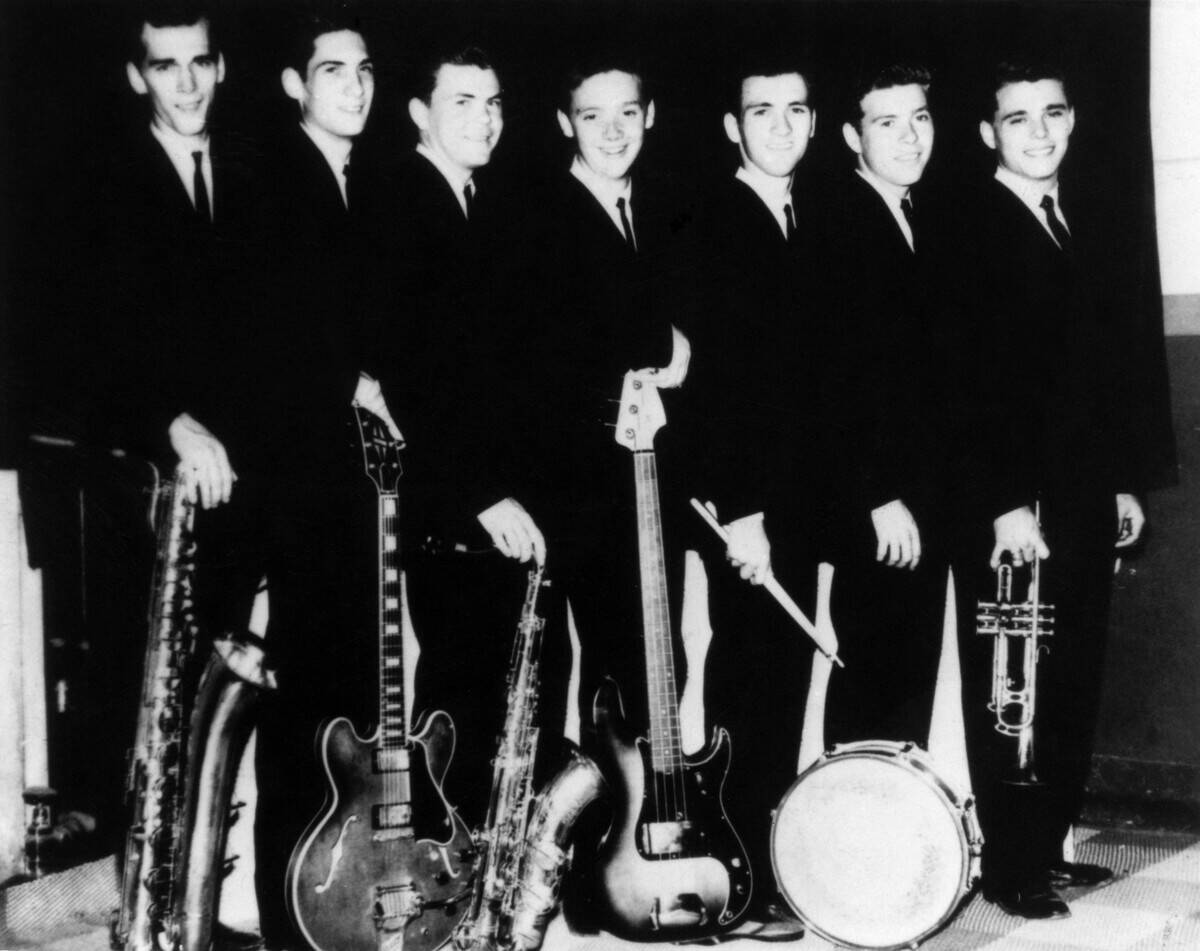
Although the Mar-Keys were originally a touring band like any other, they would eventually see their membership shuffle dramatically and frequently after they became the defacto name for the band of session musicians employed by Stax Records.
By the time this transition occurred, the Mar-Keys had already achieved their sole top-ten hit, “Last Night.” It’s a grooving 12-bar blues song that relies heavily on the saxophone and organ work. It’s also mostly an instrumental piece, with the exception of Floyd Newman saying, “Ohhh, last night” before his saxophone solo and then saying “Oh, yeah” later in the song. The track would end up making it to number three on the Billboard Hot 100.

